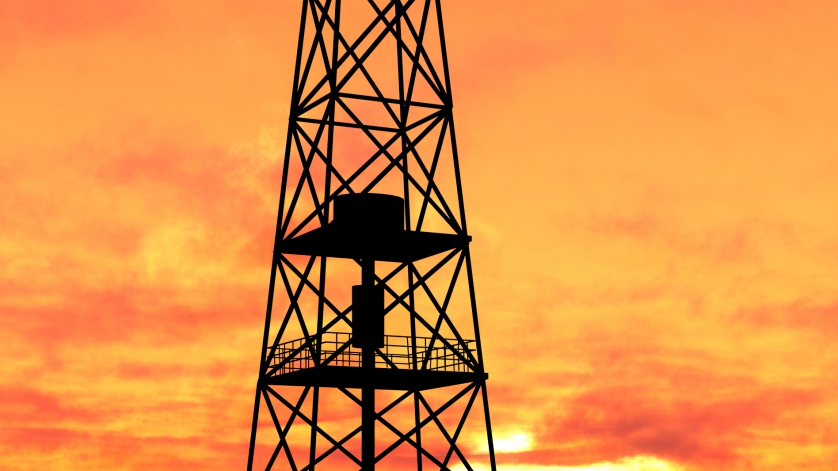
Last winter, the demand for oil and natural gas soared as frigid temperatures penetrated well into the Southeastern U.S. With weather experts predicting the same for this year, drilling operations need to run as productively as possible to keep up. However, a good portion of the nation’s natural gas supply is now coming from regions known for colder climates, such as North Dakota and Ohio.
Operating in such conditions introduces a new set of challenges for oil and gas extraction and production. Therefore, careful consideration should be given to equipment and instrumentation, including even small components such as pressure gauges, to ensure productivity despite environmental conditions.
Gauges for Cold Weather
Low temperatures can compromise the materials used in gauges and lead to inaccurate readings. Even worse, extreme cold can cause gauges to wear out more quickly, leading to frequent replacement. The solution? Install gauges designed to withstand extremely low temperatures. Manufacturers’ data sheets often list temperature and pressure ranges for the gauges and proper operating conditions. If you follow the guidelines, you reduce or eliminate the chance that your gauges will fail. Look for gauges designed with alloys, such as stainless steel, which provide resistance to extreme cold. In addition, gauges filled with silicone oil or other comparable liquids are recommended because they have low viscosities even at -40 degrees Fahrenheit.
The Benefits of Liquid-Filled Gauges
In many applications, liquid-filled gauges are preferred over dry gauges because the fill dampens the effects of vibration, making the gauge easier to read and less prone failure. Dry gauges are also subject to condensation in cold temperatures, creating another opportunity for the gauge to malfunction. In a liquid-filled gauge, the chamber is sealed to prevent condensation. Therefore, a gauge with silicone fill is an optimal choice for extremely cold settings.
Gauges for the Oil Patch
With pressure ranges up to 15,000 psi, WIKA gauges are widely used in the upstream process applications. In warmer regions such as Texas, WIKA’s brass gauges with glycerin fill are the go-to. And in the oil patches where the winters are harsh, WIKA’s stainless steel gauges with silicon fill are most durable. Below is a list of some of the mostly commonly used oil patch gauges along with links to product data sheets.
- Bourdon Tube Pressure Gauge Type 213.40
- Bourdon Tube Pressure Gauge Type 213.53DW
- Bourdon Tube Pressure Gauge Type 232.54 and 233.54
- Bourdon Tube Pressure Gauge Type 232.53 and 233.53
- Bourdon Tube Pressure Gauge Type 232.54 XMAS Tree Gauge
If you have a problem application or want to learn more about WIKA’s upstream oil and gas solutions, contact us. We have a technical support team available to assist you and provide recommendations that can ensure you have reliable pressure, temperature and level instruments in place.

